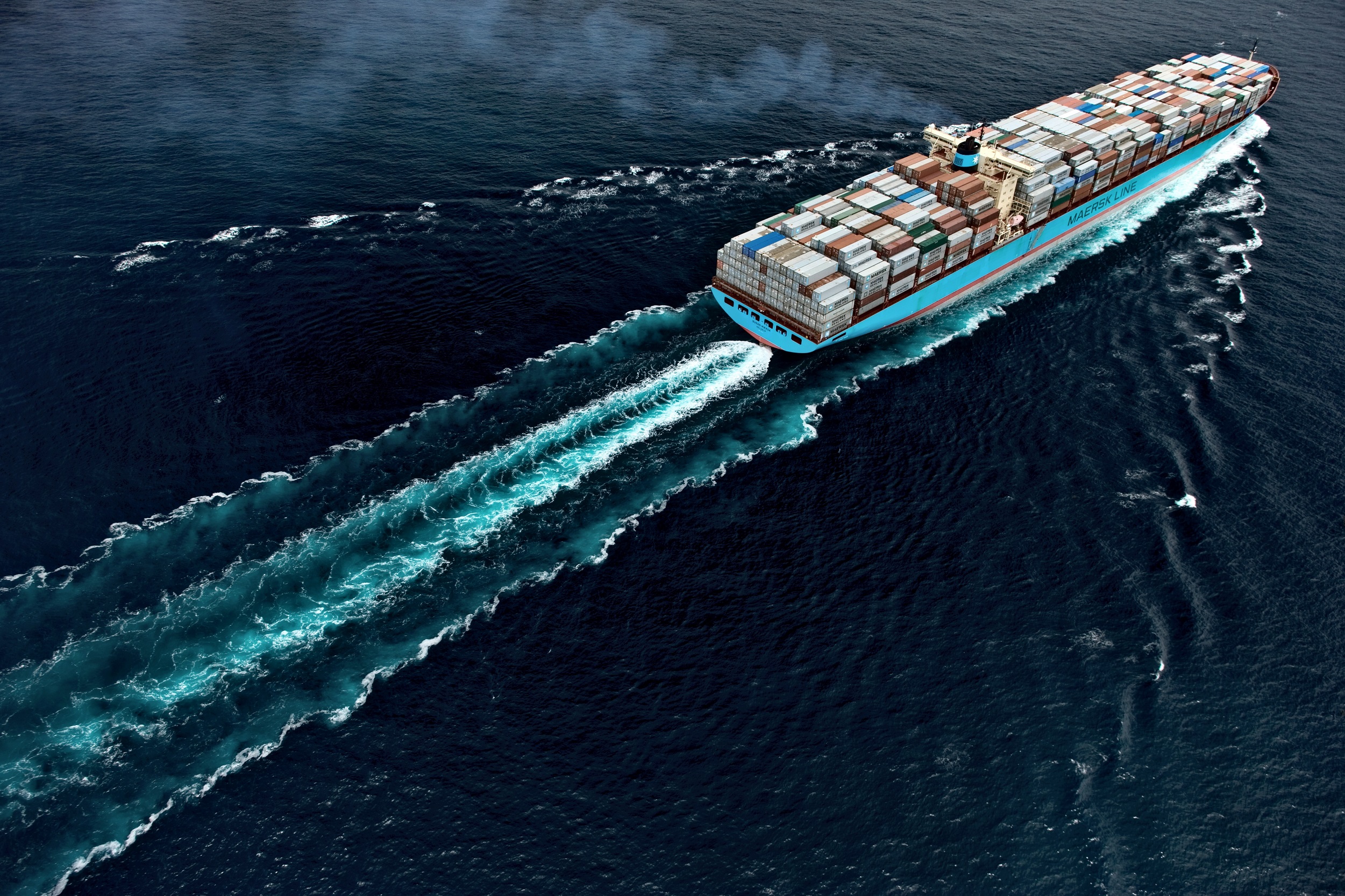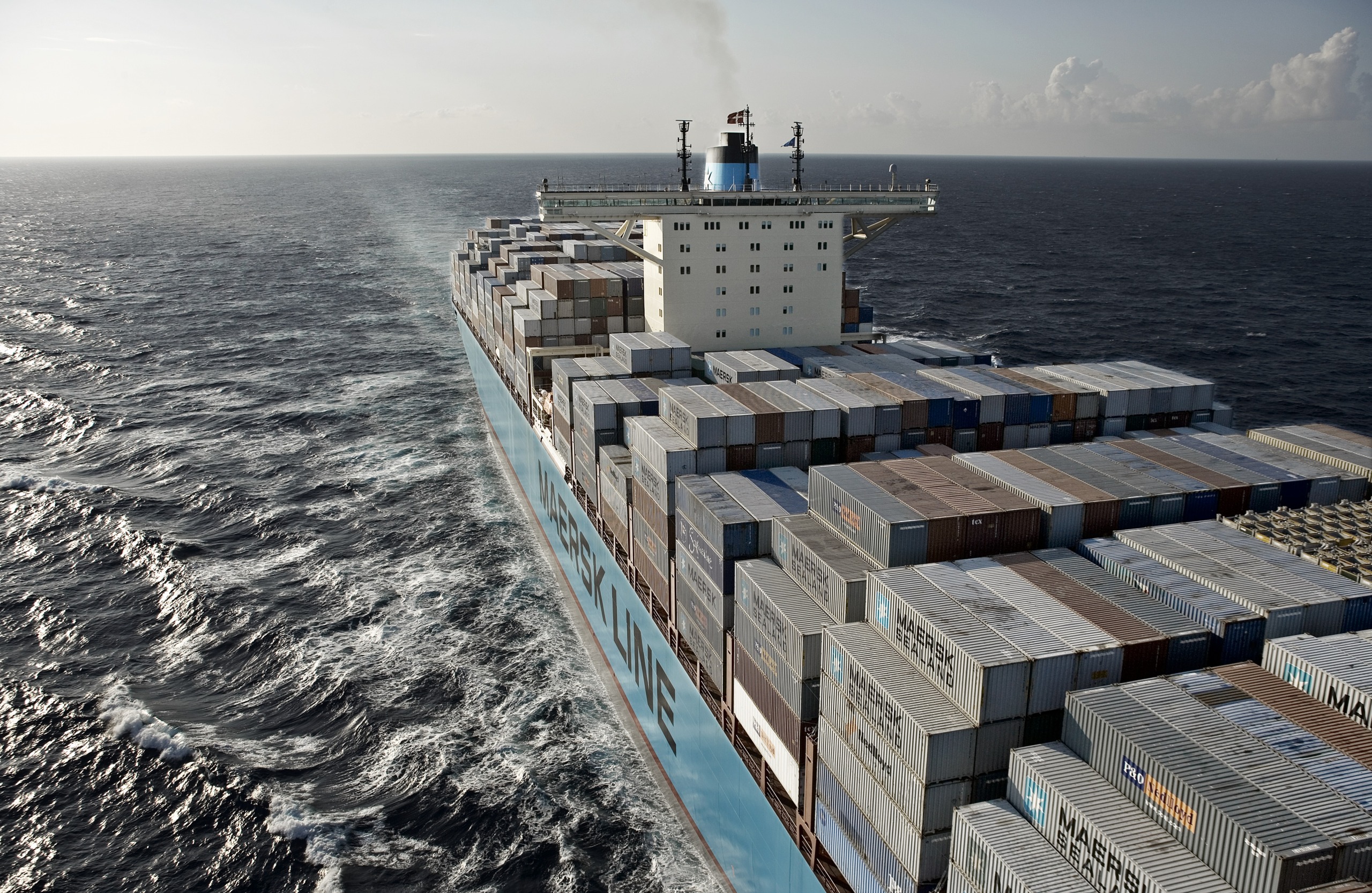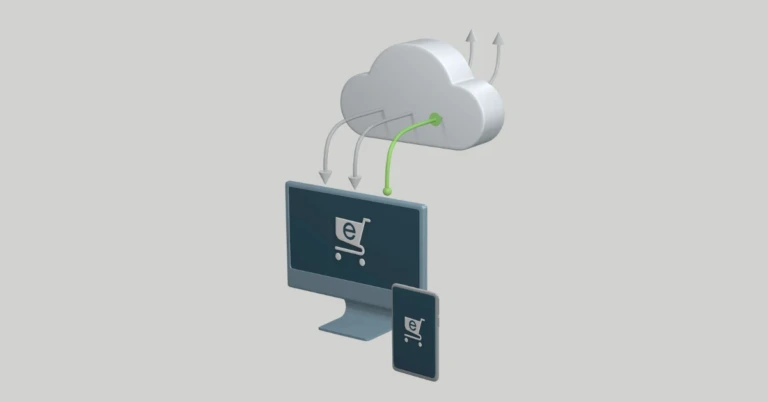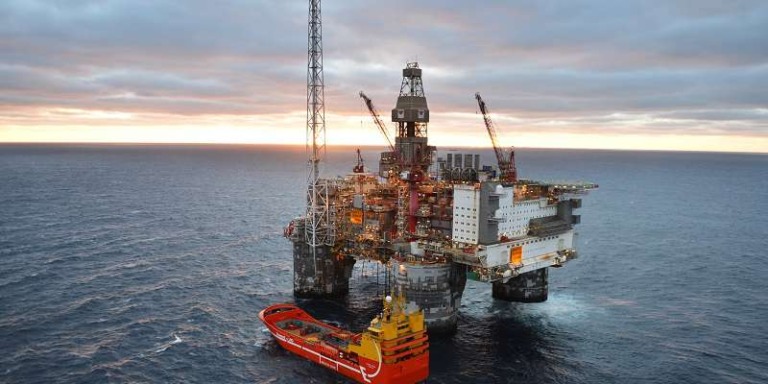
Case Maersk: Turning purchasing into competitive advantage
MRO procurement is all about getting it right: the right spare parts, in the right place, at the right time, and at the right price. It’s a complex and challenging balancing act for procurement professionals.
There was a time when procurement for maintenance and repairs was viewed simply as a support function to a company’s main operations. Not anymore. In an age where timelines and cost structures mean everything, procurement has shifted to a central role in the cost and efficiency strategies of some of the world’s most powerful companies.
MRO procurement is about sourcing the goods and services a company needs for projects that are core to its operations. In some heavy industries – such as oil & gas exploration – the vast majority of the cost of a project lies in procuring these goods and services. Surplus inventory means too much working capital tied up in a warehouse. Insufficient inventory, on the other hand, means mechanics will be scrambling to find the correct part to complete a job, potentially delaying invoicing and negatively affecting cash flow. In this environment, MRO is not an optional extra – it’s literally the difference between success and failure.
Challenge
Moving to a single procurement platform for maintenance, repairs and operations (MRO)
Solution
Consolidating one of the world’s largest procurement catalogs
Integrating maintenance catalog with the asset management system
The Maersk Group from Denmark is a global conglomerate that owns multiple businesses involved in shipping, logistics, and oil & gas. It’s a massive and highly diverse company with operations in more than 130 countries and a workforce of some 89,000 people.
In the industries where Maersk operates, effective procurement can be a distinct competitive advantage. The speed and cost at which the company can source the equipment it needs for maintenance and repairs directly impacts the top line. But in such a large-scale procurement environment, simply finding the right catalog item can be a challenge. Maersk turned to OpusCapita for a solution.
Procurement for Maintenance, Repairs and Operations (MRO) plays a critical role in asset management. Done right, it can give a company the edge it needs to beat the competition.
Moving to a single procurement platform
Historically, the various entities that together comprise the Maersk Group have operated with a high degree of independence from one another, even running separate ERP (Enterprise Resource Planning) systems. This has started to change though in recent years as Maersk has looked for ways to consolidate and divest certain parts of its operations.
As part of this strategic shift, the conglomerate initiated a project to build an MRO procurement platform shared across its disparate business units. Maersk wanted a system that would centrally search for and syndicate catalog and contract prices for maintenance services and spares from each of the conglomerate’s independent ERP systems.
Consolidating the procurement catalog
The Maersk procurement catalog for Maintenance, Repairs and Operations is among the world’s largest. It contains everything from the smallest nuts and bolts, to equipment for container-handling, firefighting and even lifeboats. A catalog from just a single Maersk business unit can feature more than 250,000 items. It’s easy to understand how in an environment of this scale, simply finding the correct part can be frustrating and time consuming.

Independent legacy systems
MRO challenges are compounded by the fact that in many of the industries where MRO is vitally important, companies often follow a traditional corporate model where different departments operate independently of one another. They may also be geographically dispersed. The result is that over the years these different entities develop their own ERP systems. In certain cases they may not even leverage corporate-level procurement contracts and services at all. When things go wrong in MRO, it’s often because of this lack of alignment.
Tighter integration between MRO and ERP
In this scenario, procurement software that centrally binds MRO and ERP systems more closely together helps in two very simple but important ways. The first is by ensuring that the correct parts are ordered from the correct supplier at the company-wide preferred price. The second is by automatically updating the company’s centralized ERP system, so that stock parts can be re-ordered and customer invoices sent on time.
Superior search capability
The strength of OpusCapita’s catalog search technology thus played a key role in the Maersk implementation. Now, users can find what they’re looking for much more easily, while convenient features such as a mouse over on a specific catalog item reveal both short and long descriptions. At the same time, all this item information has been merged with Maersk’s various ERP systems, so that the company can precisely track and measure the impact on its business.
OpusCapita’s solution for Maersk:
- A single catalog for all Maersk’s Maintenance, Repairs, and Operations (MRO) suppliers
- Advanced search functionality
- Full integration with Maersk’s asset management system
Sounds like a solution you’d benefit from?






